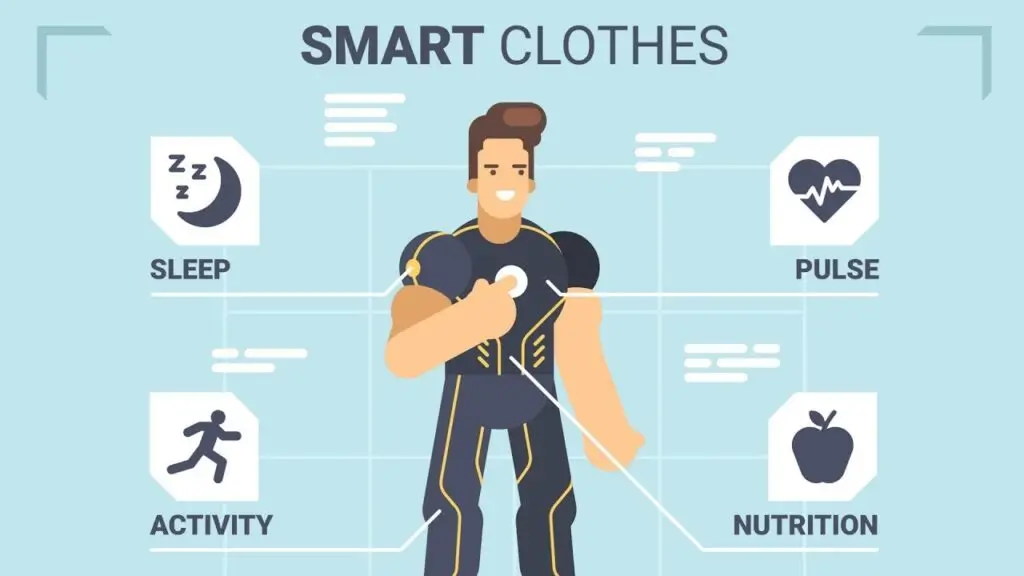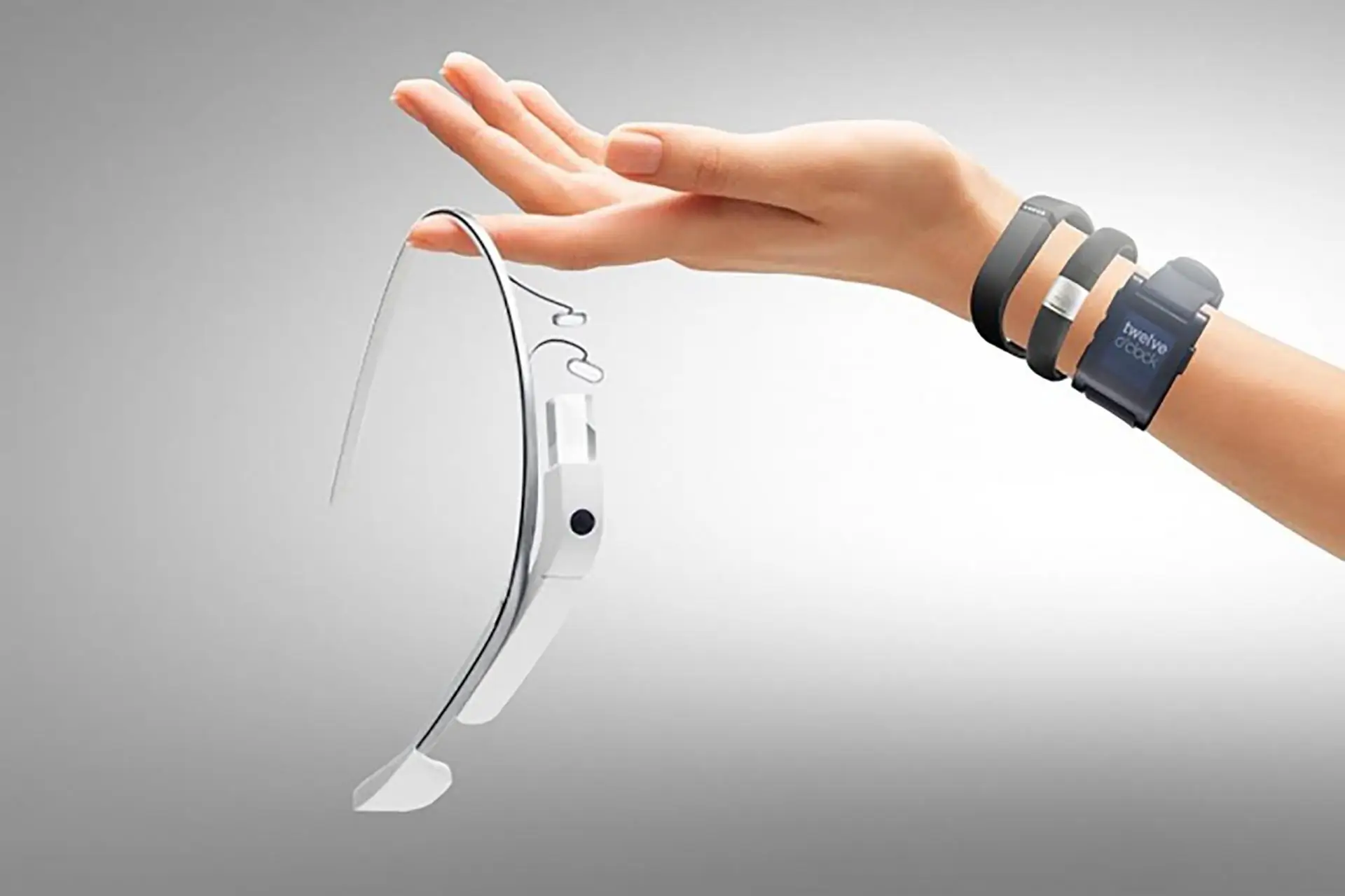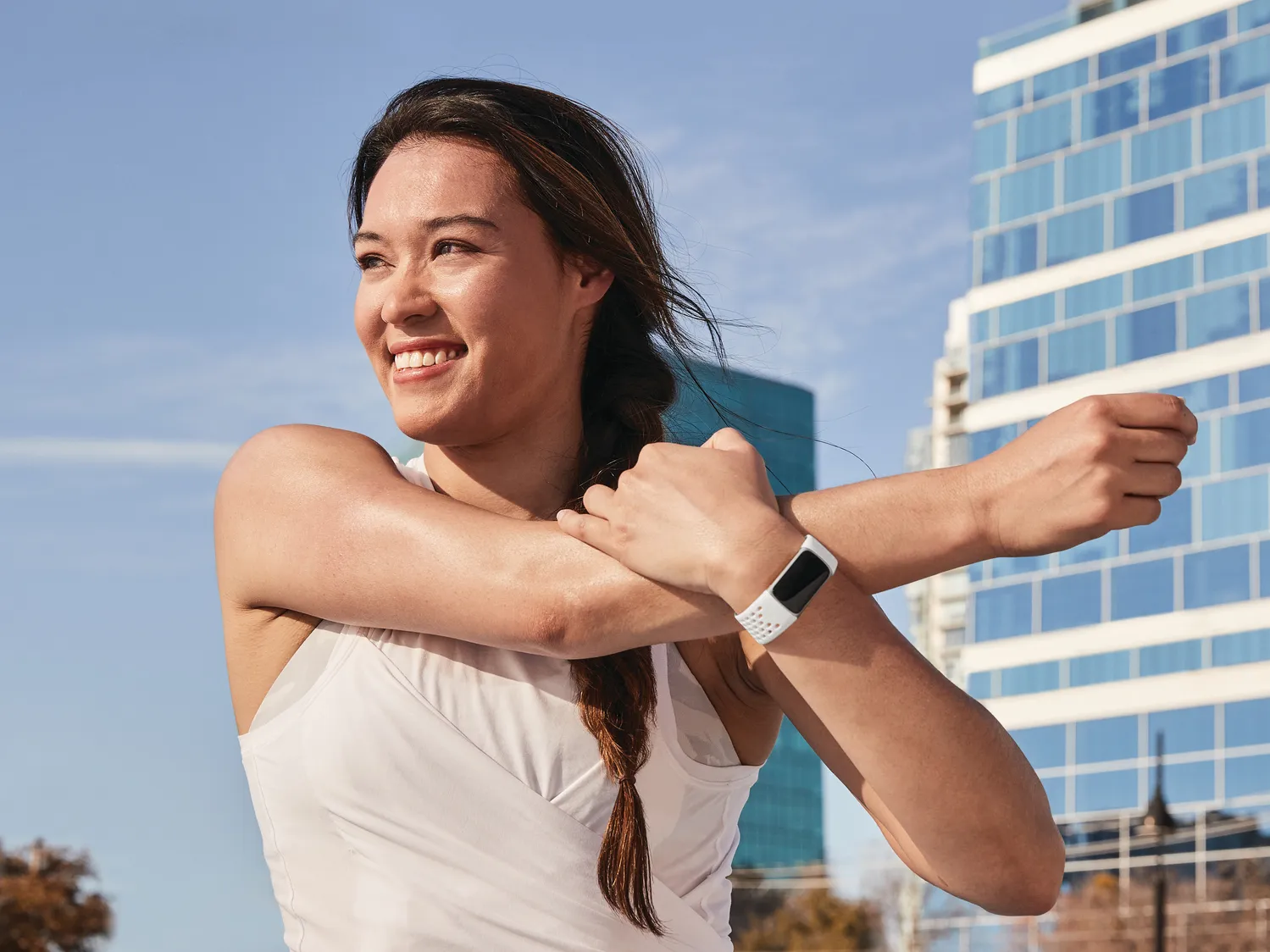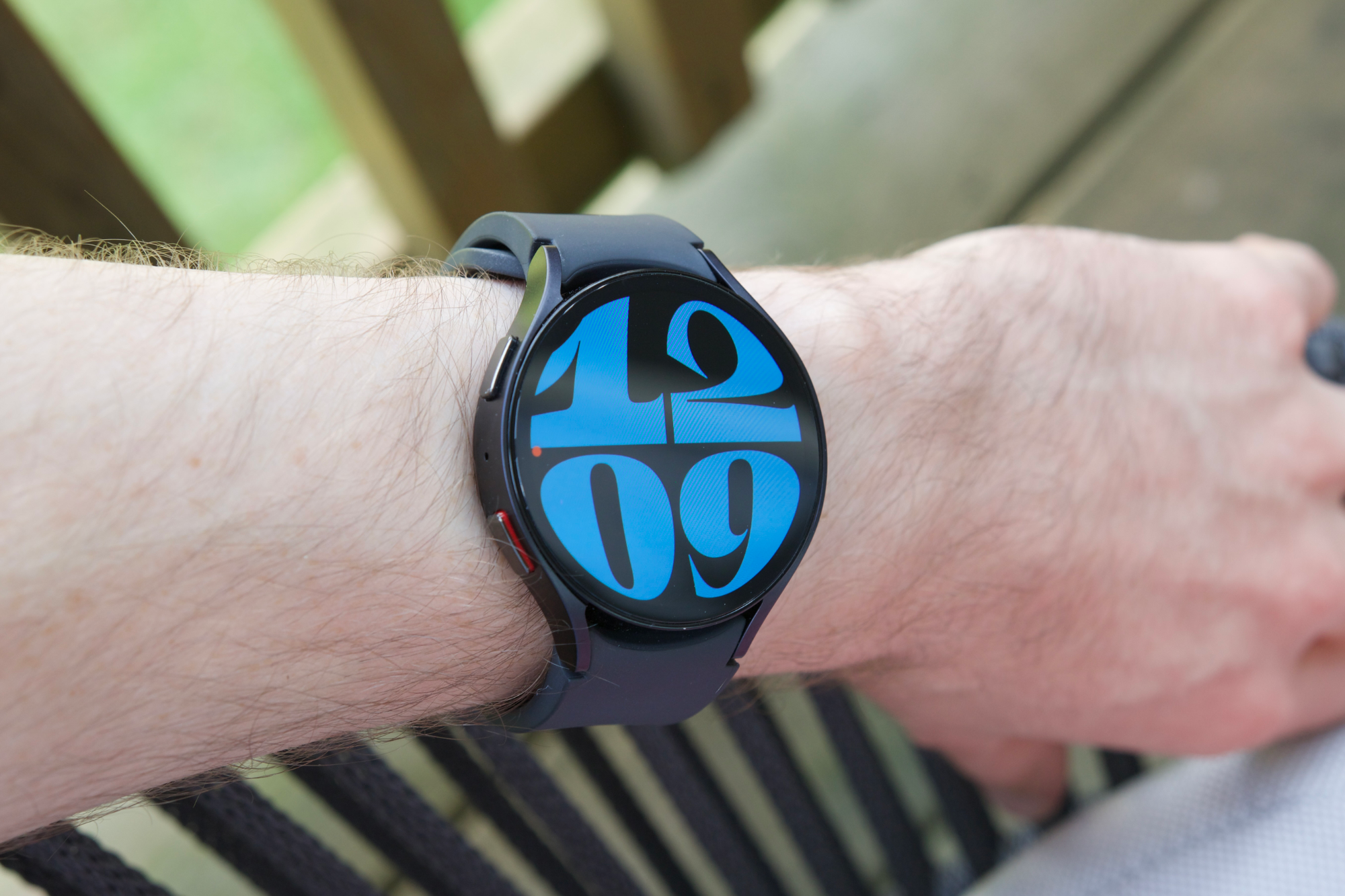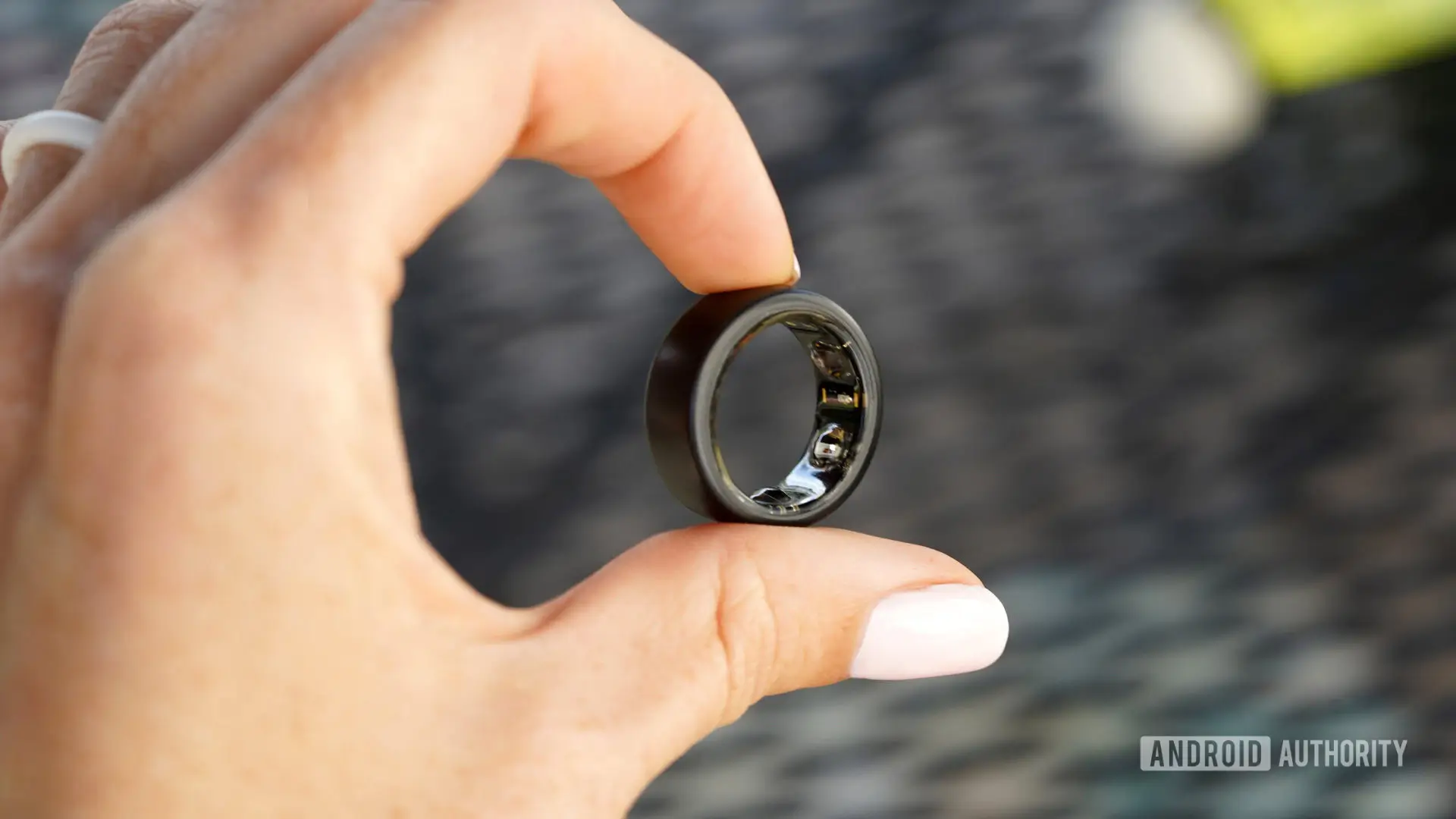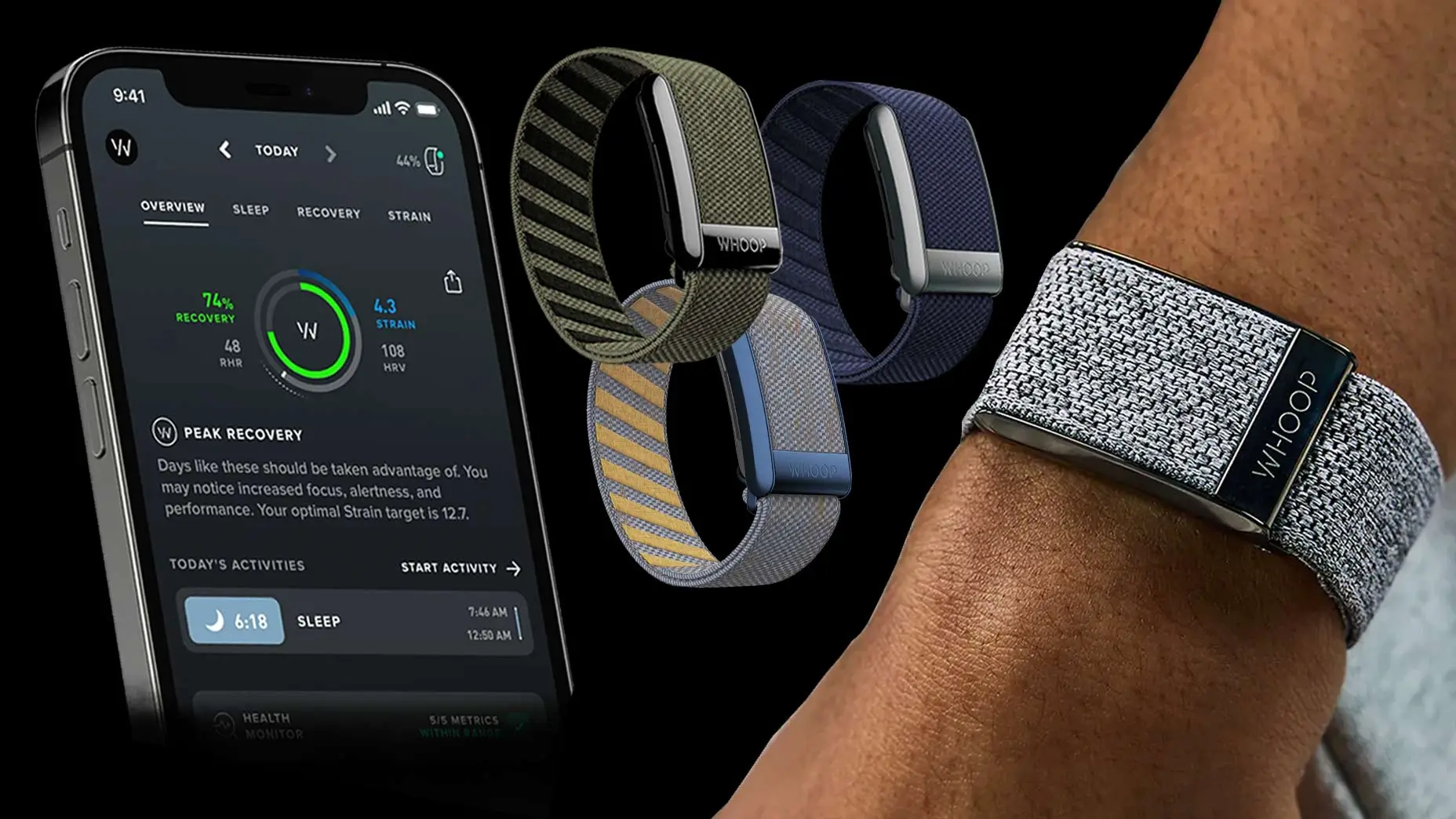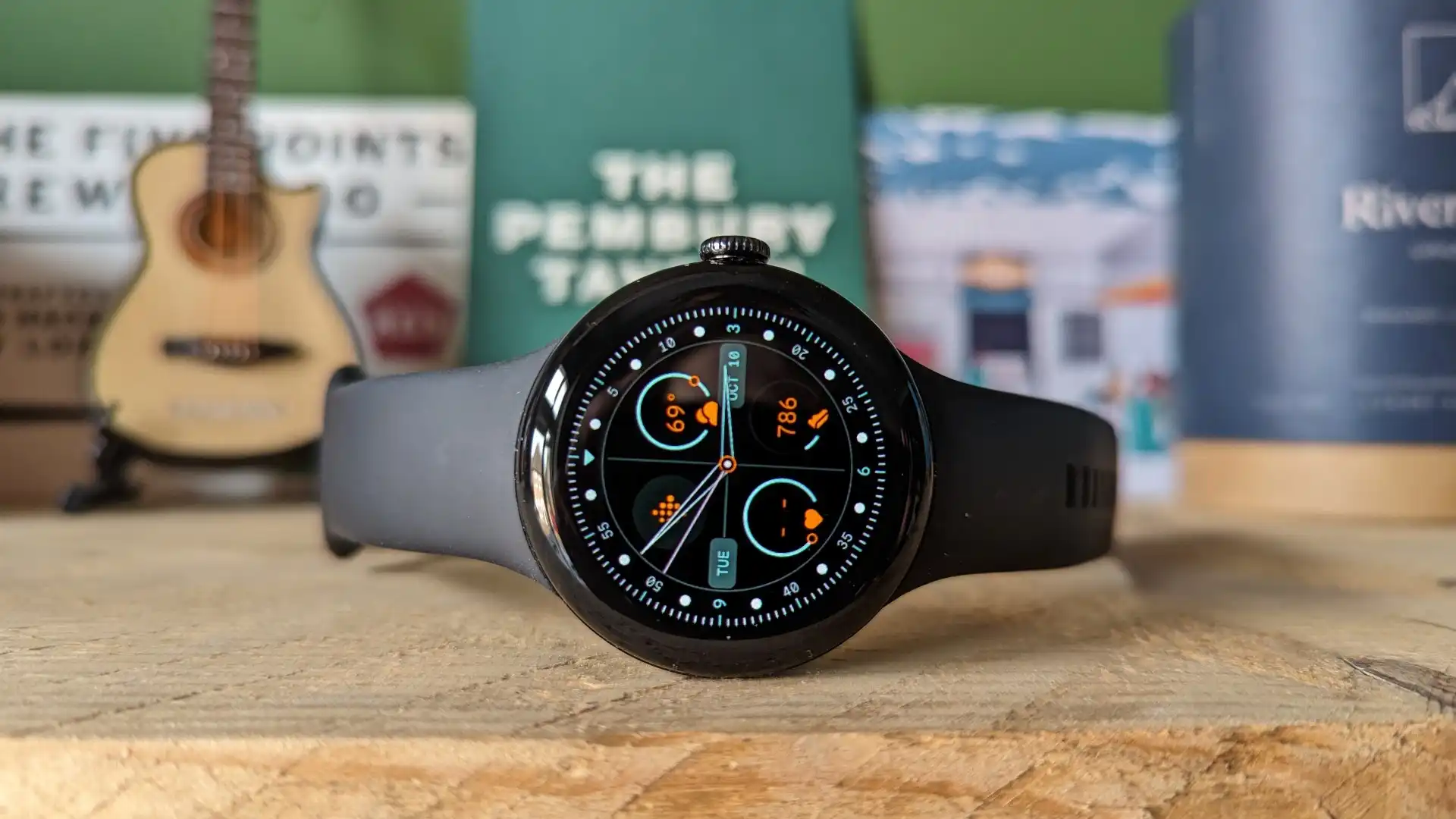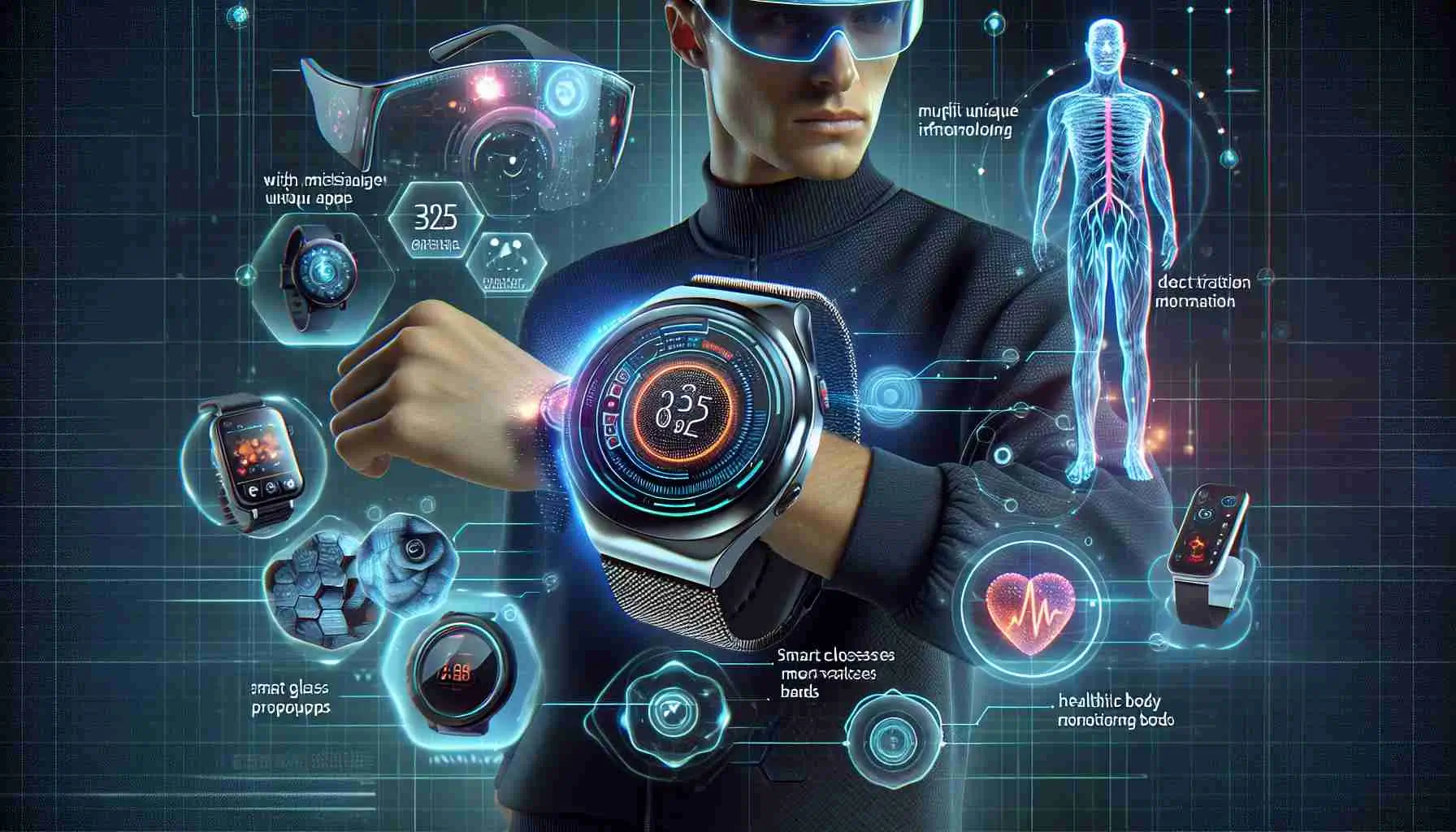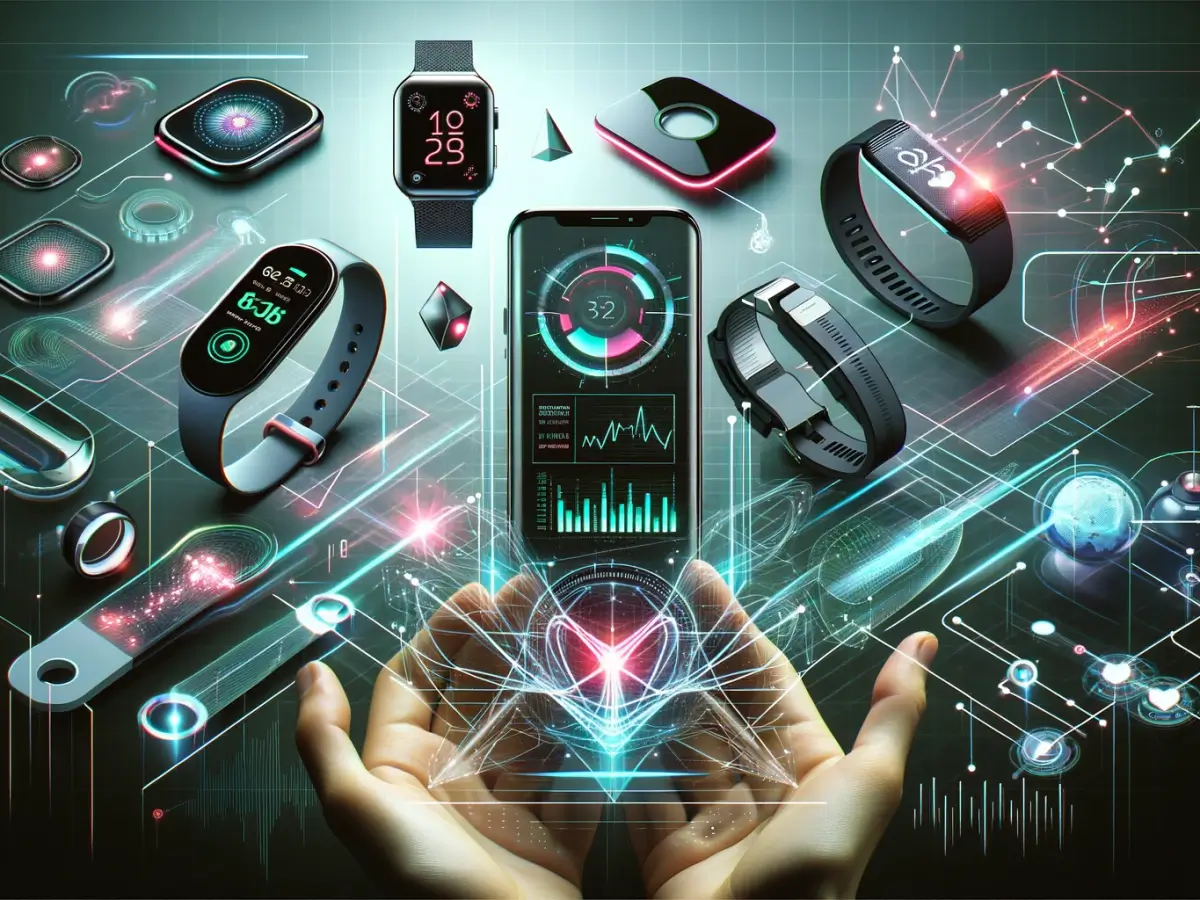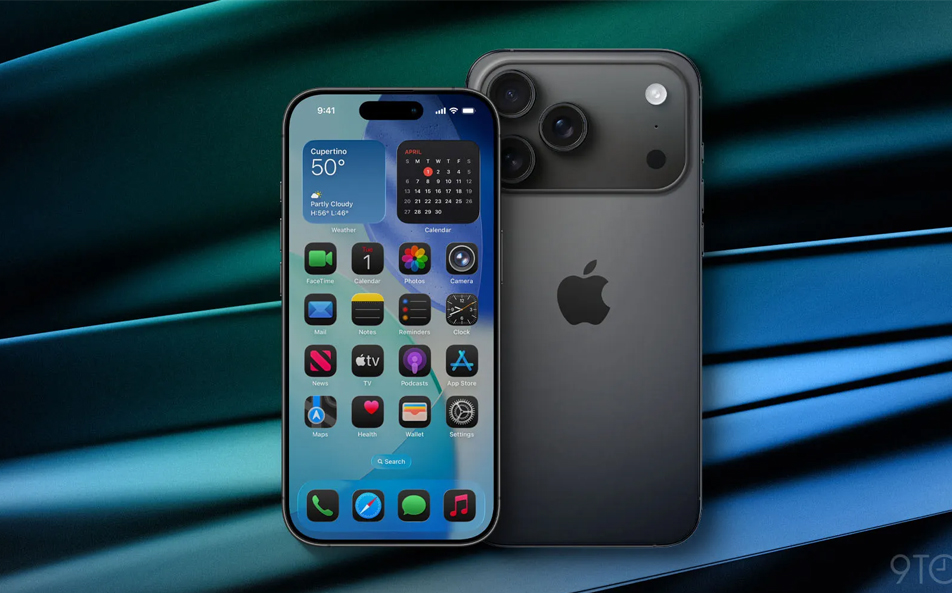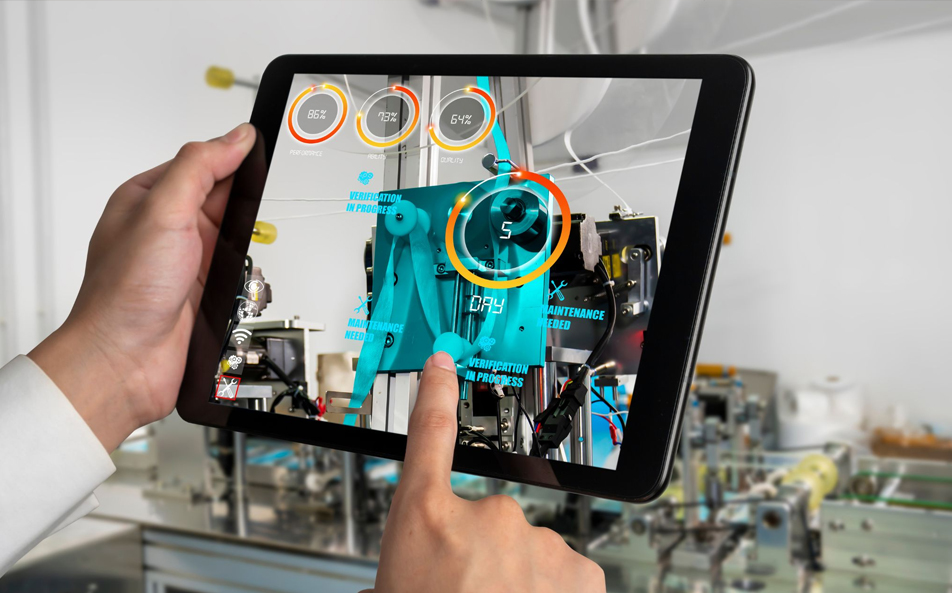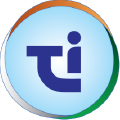
The United Indian

Wearable technology, once the stuff of science fiction, has become an integral part of our daily lives. From fitness trackers, smartwatches to AR Glasses & EarPods, smart wearables have evolved to provide a wide range of functionalities that go beyond just telling time. These smart devices, worn on or close to the body, have transformed how we monitor our health, stay connected, and interact with the world around us. This blog explores the rise of wearables, the different types available, their benefits, the future of wearables, and their impact on both technology and lifestyle.
What are Wearables?
Simply put, wearables are electronic devices designed to be worn on the body. From the classic fitness trackers to smart glasses and advanced medical monitors, wearables come in a variety of shapes and sizes, each offering unique functionalities.
Types of Smart Wearable Devices
The wearable tech market is a diverse landscape, catering to a wide range of needs. Here's a glimpse into the most popular categories:
- Fitness Trackers & Smartwatches: These are the undisputed champions of the smart wearable device world. They track steps, calories burned, sleep patterns, and some even monitor heart rate and blood oxygen. Smartwatches take it a step further, allowing you to receive notifications, make calls, and even manage your finances, all from your wrist.
- Smart Clothing & Jewelry: Innovation extends beyond wrist-worn devices. Smart clothing, infused with sensors, can track posture, muscle activity, and even UV exposure. Smart jewelry, often sleek and stylish, can monitor health vitals or even double up as contactless payment methods.
- AR/VR Glasses: Augmented Reality (AR) and Virtual Reality (VR) glasses are poised to be game-changers. AR overlays digital information onto the real world, while VR creates an immersive, simulated environment. These wearables have applications in education, gaming, and even professional fields like engineering and design.
- Health & Medical Wearables: This rapidly growing segment in the category of smart wearables offers continuous health monitoring for people with chronic conditions. These wearables can track blood sugar levels, heart rhythm, and even brain activity, providing valuable data to medical professionals.
The Rise of Smart Wearables: A Sales Boom
The smart wearables tech market has witnessed explosive growth in recent years. According to market research, the global wearables market was valued at nearly $27 billion in 2019 and is expected to reach a staggering $156 billion by 2024. This phenomenal rise reflects the increasing consumer interest in health and wellness, coupled with the continuous evolution of features and functionalities offered by wearables.
Top Wearables and How They Changed the Game:
- Apple Watch: Launched in 2015, the Apple Watch swiftly became the undisputed king of smartwatches. Its seamless integration with iPhones was a stroke of genius, allowing users to receive notifications, make calls, and even access apps directly from their wrist. Beyond communication, the Apple Watch introduced a new era of fitness tracking on the wrist. Users could now track steps, calories burned, and even heart rate, all with a simple glance. The introduction of Apple Pay further cemented the Apple Watch's position as a convenient and secure way to make contactless payments. The Apple Watch's success lies in its ability to seamlessly blend functionality with user experience. It didn't just offer new features; it made them readily accessible and intuitive to use, setting the bar high for future smartwatches.
2. Fitbit: A pioneer in the fitness tracker space, Fitbit was the name synonymous with smart wearables technology. Founded in 2007, Fitbit's core focus was on fitness tracking. Their simple yet effective trackers made it easier than ever to monitor steps taken, calories burned, and sleep patterns. This readily available data empowered users to take charge of their well-being. Setting personalized goals and tracking progress became effortless, motivating individuals to become more active and prioritize their health. Fitbit's impact extends beyond individual users. By making fitness trackers mainstream and affordable, they played a crucial role in sparking a global interest in wearable technology and paving the way for a more health-conscious society.
3. Samsung Galaxy Watch: Their Galaxy Watch series offers a compelling alternative for Android users. These smartwatches boast advanced health tracking features that rival their Apple counterparts, including heart rate monitoring, blood pressure tracking (on select models), and even electrocardiogram (ECG) capabilities. Beyond health, the Galaxy Watch shines with its long battery life, often lasting for days on a single charge. The Galaxy Watch series demonstrates that innovation isn't limited to one platform. As a smart wearable device, it has pushed the boundaries, offering Android users a feature-rich and design-conscious alternative.
4. Oura Ring: For individuals who prioritize sleep and a holistic approach to wellness, the Oura Ring stands out. This sleek and comfortable ring is designed for 24/7 wear, making it a discreet way to monitor your health. It excels at sleep tracking, providing detailed insights into sleep stages, recovery scores, and even body temperature fluctuations. By analyzing these metrics, the Oura Ring helps you understand your sleep quality and identify areas for improvement.
5. Whoop Strap: If you're a serious athlete or fitness enthusiast, the Whoop Strap might be your perfect match. This subscription-based wearable takes a unique approach, offering a comfortable fabric strap packed with advanced sensors. Whoop goes beyond basic activity tracking, delving into data like strain and recovery scores. By analyzing heart rate, sleep, and various other metrics, Whoop provides insights into your daily workload and your body's readiness for exertion. As a worthy smart wearable device, it also offers in-depth sleep analysis, including sleep efficiency and disturbances.
6. Google Pixel Watch: The Google Pixel Watch is a newcomer to the wearable scene, but it leverages the expertise of two tech giants. Combining Google's software prowess with Fitbit's established fitness tracking capabilities, the Pixel Watch offers a balance between fitness features and everyday functionalities. Beyond fitness, the Pixel Watch is a true smartwatch, allowing you to make calls, receive notifications, utilize Google Assistant, and even manage contactless payments. The sleek and stylish design makes it a fashionable accessory that complements various styles. It integrates seamlessly with their Google ecosystem.
Benefits of Smart Wearables
These are just a few examples, but the impact of wearables extends far beyond individual devices. They have fundamentally changed the way we:
- Track Our Health: Smart Wearables empower individuals to take a proactive approach to well-being. By monitoring sleep, activity levels, and vital signs, users can identify potential health issues and make informed decisions about their lifestyle.
- Stay Connected: Smartwatches and smart glasses keep us connected on the go, allowing for hands-free communication and information access. This has improved productivity, safety, and overall convenience.
- Manage Chronic Conditions: Wearables provide valuable data for managing chronic conditions like diabetes or heart disease. This real-time monitoring empowers patients and healthcare providers to make better treatment decisions.
- Enhance Our Workouts: Fitness trackers have transformed workouts from a guessing game into data-driven endeavors. Users can track their progress, identify areas for improvement, and stay motivated throughout their fitness journey.
- Personalize Our Experiences: Wearables collect user data that can be leveraged to personalize experiences across various aspects of life. Imagine smart clothing that automatically adjusts to the weather or AR glasses that provide relevant information about your surroundings.
The Future of Smart Wearables: A World of Possibilities
The future of smart wearable devices is brimming with exciting possibilities. Here are a few trends to keep an eye on:
- Advanced Health Monitoring: Wearables will move beyond basic fitness tracking to offer more sophisticated health monitoring capabilities. We can expect features like continuous blood glucose monitoring, early detection of heart problems, and even mental health tracking.
- Integration with AI: Artificial intelligence will play a crucial role in analyzing and interpreting data collected by wearables. This can lead to personalized recommendations for health improvements, preventative measures, and even proactive interventions for potential health issues.
- Focus on Mental Wellbeing: As mental health awareness increases, expect to see wearables that track stress levels, sleep quality, and even mood patterns. These devices can provide valuable insights and promote mental well-being through mindfulness exercises and personalized recommendations.
- Seamless Connectivity: The lines between smart wearable devices and the environment around us will continue to blur. Imagine smart glasses seamlessly connecting to the internet of things (IoT) devices in your home, allowing you to control lights or adjust the thermostat with a simple gesture.
- Fashionable Tech: Wearables will no longer be clunky gadgets but stylish accessories. Smart clothing will become more comfortable and discreet, while smart jewelry will blend seamlessly with existing fashion trends.
Challenges and Considerations
Despite the incredible potential of smart wearable technology, several challenges need to be addressed. Privacy concerns arise from the vast amount of personal data wearables collect, making robust security measures and user control over data collection essential for building trust and ensuring ethical use. Battery life remains a significant hurdle, necessitating advancements in battery technology to provide a seamless user experience without frequent charging. Additionally, ensuring accessibility and affordability is crucial to bridging the digital divide and maximizing the positive impact of wearables on society.
Conclusion
From fitness trackers to health monitors, smart wearables have become an integral part of our lives. They empower us to take charge of our well-being, stay connected, and even enhance our experiences in a multitude of ways. As technology continues to evolve, the future of wearables promises even greater innovation and integration with our daily lives. While challenges remain, wearables are poised to become a permanent fixture, seamlessly woven into the fabric of our technologically driven world.
Read more in Technology
Jul 01, 2025
TUI Staff
Jun 20, 2025
TUI Staff
Jun 04, 2025
TUI Staff
Jun 02, 2025
TUI Staff

Stay Tuned with The United Indian!
Our news blog is dedicated to sharing valuable and pertinent content for Indian citizens. Our blog news covering a wide range of categories including technology, environment, government & economy ensures that you stay informed about the topics that matter most. Follow The United Indian to never miss out on the latest trending news in India.
©The United Indian 2024






